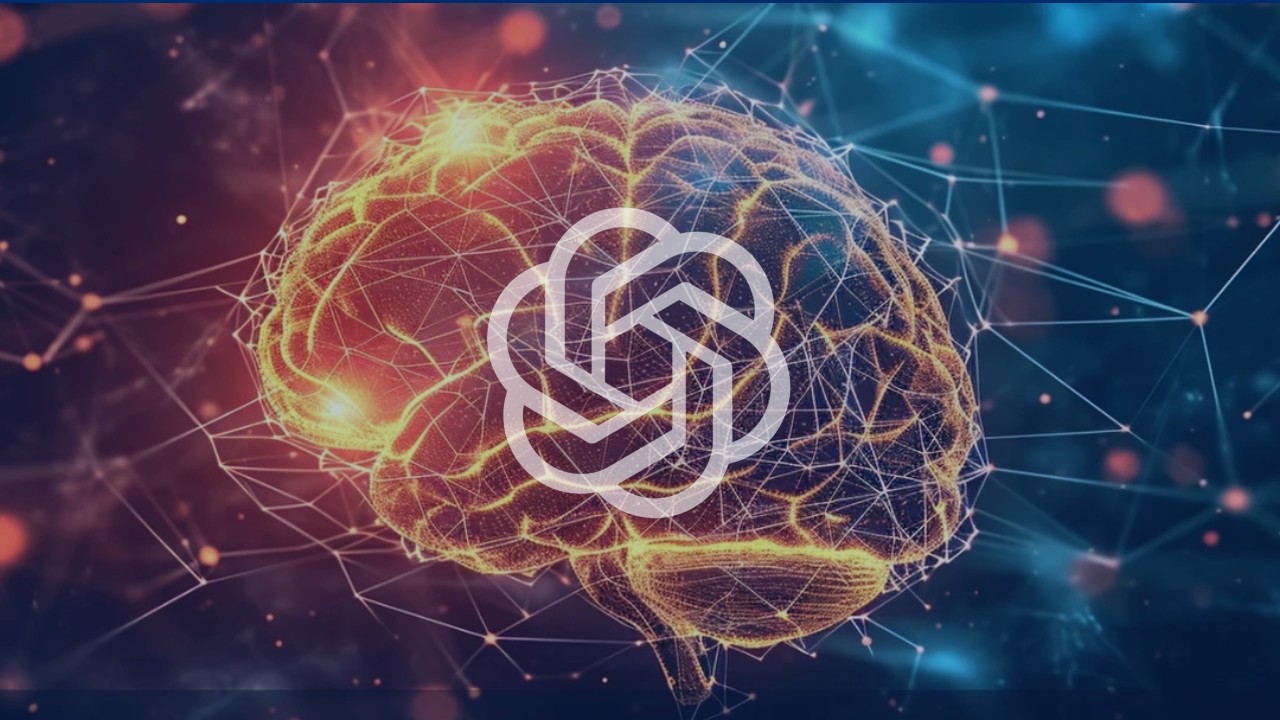OpenAI Rolls Out ChatGPT Memory Features for Selected Users
The latest feature that OpenAI Rolls Out ChatGPT Memory is testing with a select group of ChatGPT users: Memory. Memory is a feature that allows ChatGPT, the AI chatbot powered by OpenAI’s GPT models, to store and recall information from your past chats, such as your preferences, interests, or personal details.
In this article, we will explore how the ChatGPT Memory feature works, who can benefit from it, and what it means for the future of human-AI interaction. This feature is only available to a small portion of ChatGPT users who have agreed to try it out.
How OpenAI ChatGPT Memory Feature Works?

ChatGPT has a new feature called Memory. Memory lets ChatGPT remember things that you tell it or that it learns from talking to you. For example, if you tell ChatGPT your name, your favorite color, or your hobbies, it can remember them and use them in future conversations.
You can also change or delete ChatGPT’s memory in the settings. You can also turn off ChatGPT’s memory if you don’t want it to remember anything. The Memory feature is important because it can improve your chat experience in many ways. It can make ChatGPT more personalized and relevant to your needs and goals.
Is OpenAI Offering Memory Safety for Users?

OpenAI says that Memory is safe and that you can control what ChatGPT remembers and forgets. You can also turn off Memory if you don’t want ChatGPT to remember anything. You can also use a temporary chat mode that does not use Memory.
Memory is a feature that only some users of ChatGPT can use right now. These users are both free and paid users who have agreed to try the new feature. Memory can make ChatGPT talk to you in a better way. It can make ChatGPT more personal and relevant to you.
Benefits of the Memory Feature
- You can save time and avoid repeating information by telling ChatGPT your preferences, interests, and goals once and having it remember them across all chats.
- You can have more natural and continuous conversations with ChatGPT, as it can recall the context and details of previous chats and build upon them.
- You can get more relevant and customized responses and suggestions from ChatGPT, as it can use its memory to understand your needs and expectations better.
- You can control ChatGPT’s memory by telling it what to remember or forget, viewing and deleting specific memories, or turning off memory entirely. You can also use temporary chat for conversations without memory.
Frequently Asked Questions
What are Some Examples of How the Memory Feature can be Used?
The Memory feature can be used for various purposes, such as casual chatting, writing, learning, or having fun.
Can I Turn Off the Memory Feature or use a Temporary Chat Mode that does not use Memory?
Yes, you can turn off the Memory feature or use a temporary chat mode that does not use memory if you don’t want ChatGPT to remember anything.
When will the Memory Feature be Available to all ChatGPT Users?
The Memory feature is currently in limited beta testing, and OpenAI is collecting feedback from the select users who have tried it out.
Conclusion
The memory feature is an important innovation in the field of large language models (LLMs), which are capable of generating coherent and engaging texts on almost any topic. By giving ChatGPT a persistent memory that can span multiple sessions, OpenAI is enhancing the chatbot’s performance and personalization.
It can also improve the user’s experience and satisfaction, as it can make ChatGPT more relevant, consistent, and interesting. The memory feature is currently in limited beta testing, and aims to make ChatGPT more engaging, fun, and helpful for users.
#OpenAI #Rolls #ChatGPT #Memory #Features #Selected #Users
